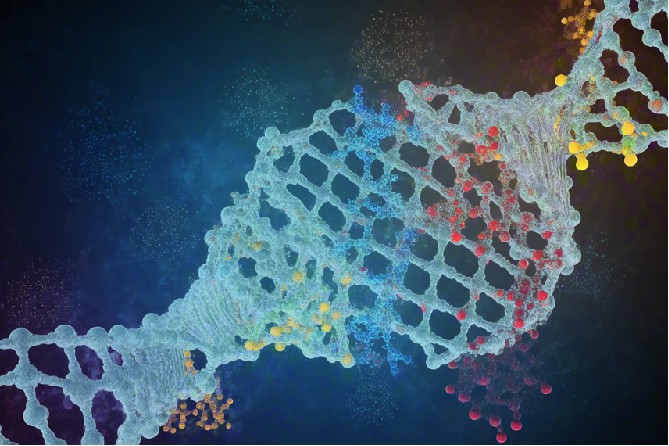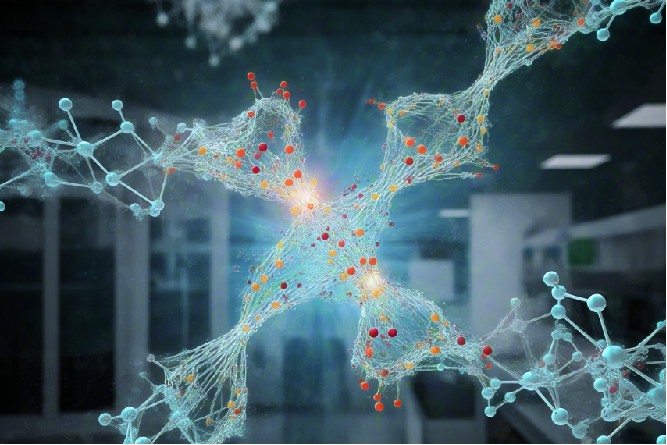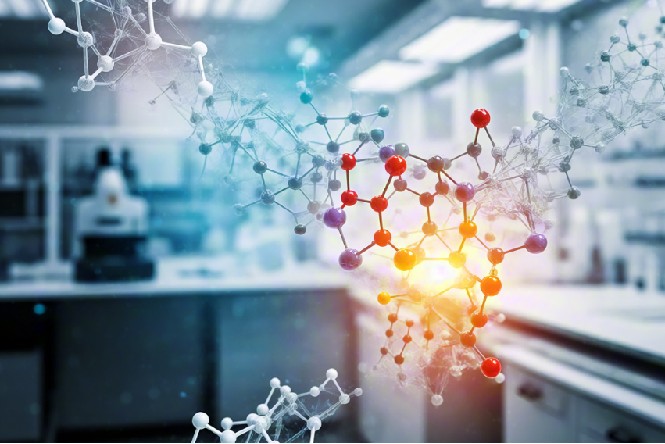Glycoinformatics-assisted Mass-based Glycan Structure Prediction Service
Advanced Glycan Structure Prediction Through Glycoinformatics and Mass Solutions!
CD BioGlyco has been at the forefront of providing comprehensive
Glycoinformatics-assisted Analysis/Prediction Services for over a decade, offering unparalleled expertise and cutting-edge technology to support clients in their research on glycans. The workflow of our highly recognized glycoinformatics-assisted mass-based glycan structure prediction service is as follows.
Organizing annotated spectral data for glycan structure prediction
Initially, we gather and arrange annotated spectral data from mass, which are derived from glycoconjugates encompassing various major types obtained from previous glycan experiments, such as N-linked, O-linked, and glycolipids. This dataset enables machine learning to understand the fragmentation patterns and tendencies (i.e., intensity ratios) of the spectra for predicting glycan structures.
Training prediction models through spectral data analysis and machine learning
We proceed to train the model using this dataset. Throughout the training process, our experts employ a diverse range of machine learning algorithms and deep learning techniques to ensure that the model can comprehensively comprehend the intricate information in the mass data and accurately predict the sugar structure. The model with high accuracy and stability is ultimately achieved after extensive experimentation and fine-tuning.
Enhanced prediction Python-based workflow and model optimization
Finally, our experts utilize a Python-based workflow we developed to convert raw data into a predictable format and make predictions of sugar structure. This workflow also includes automated data filtering and fragment annotation steps. Our experts also strive to further optimize our models to analyze and predict more complex structures for you, further reduce false positive rates, and estimate relative abundance.

Publication
Technology: Tandem mass spectrum
Journal: Nature Methods
IF: 47.99
Published: 2024
Results: This article focuses on a deep learning-based approach to predict glycosyl structures from tandem mass spectrum data. Glycosylation is a complex post-translational modification that plays a regulatory role in protein activity in health and disease. However, structural annotation from tandem mass spectrum data is a bottleneck in glycomics research, limiting high-throughput studies and restricting glycomics research to a few experts. In this study, a new filtered tandem mass spectrum spectral dataset of 500,000 annotations was used for training, and a deep residual neural network called CandyCrunch was proposed that can predict the glycan-based structure from raw liquid chromatography-tandem mass spectrum data in seconds (top-1 accuracy of 90.3%).
 Fig.1 Fragmentation mechanism uncovered by molecular dynamics. (Urban, et al., 2024)
Fig.1 Fragmentation mechanism uncovered by molecular dynamics. (Urban, et al., 2024)
Applications
- Glycoinformatics-assisted mass-based glycan structure prediction is used to analyze and monitor glycosylation structures in biopharmaceuticals and vaccines to ensure product quality and efficacy.
- The technique can be used to study changes in glycosylation on the surface of cancer cells to support early detection of cancer.
- The technique is used to study glycosylation modifications of cells and proteins in drug discovery.
Advantages
- By combining bioinformatics and mass, we help you predict and characterize complex glycan structures quickly.
- We integrate computational and experimental data to improve the accuracy and confidence of glycan structure prediction.
- Our experts use methods such as big data and machine learning to enhance our modeling and analytical capabilities for glycan structure prediction.
Frequently Asked Questions
- How is the accuracy of the sugar structure prediction?
- For structure prediction of simple sugar molecules, the accuracy is usually high. However, as the complexity of the structure of a sugar molecule increases, the accuracy of the prediction decreases accordingly. For example, when complex structures such as polysaccharide chains and glycosylated modifications are involved, the difficulty and accuracy of prediction increases. Usually, we combine experimental data and computational modeling to improve the accuracy of prediction.
- How to choose the right glycoinformatics tools and software?
- Choosing the right glycoinformatics tools and software requires consideration of its algorithmic principles, data support, ease of use accuracy, etc. We also refer to relevant literature and case studies to make a choice.
With a proven track record of success, CD BioGlyco helps numerous clients advance their understanding of glycans by providing a reliable glycoinformatics-assisted mass-based glycan structure prediction service. If you are interested in further details, please feel free to contact us.
Reference
- Urban, J.; et al. Predicting glycan structure from tandem mass spectrometry via deep learning. Nature Methods. 2024, 1-10.
For research use only. Not intended for any diagnostic use.
Quick Links
Related Services



 Fig.1 Fragmentation mechanism uncovered by molecular dynamics. (Urban, et al., 2024)
Fig.1 Fragmentation mechanism uncovered by molecular dynamics. (Urban, et al., 2024)


